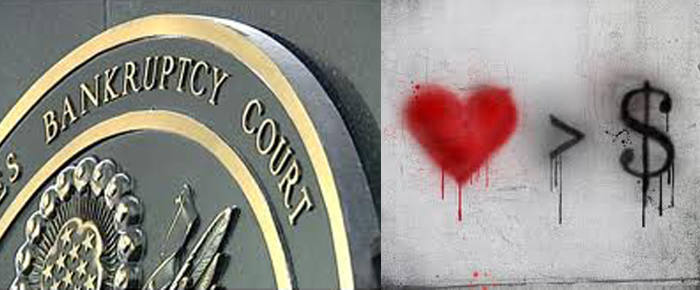
By Haddon Libby
For many, this long President’s Day weekend can be a lover’s holiday, the first respite from work or school since the Christmas season or the realization that the financial indulgences of the holiday season left you extended beyond your means to pay.
This uniquely American holiday weekend was originally a celebration of the birth of our first President, George Washington, who was born on February 22nd. The holiday began in 1879 and was standardized as a Monday holiday occurring on the third Monday in February in 1971 as part of the Uniform Monday Holiday Act. As a side note, it is impossible for the holiday to fall on President Washington’s actual birthdate. In 1971, Washington’s name was removed from the holiday in order to consolidate Lincoln’s Birthday and change the holiday into a memorial for all Presidents.
This year this long weekend occurs at the same time as Valentine’s Day, a holiday finds its roots with St. Valentinus of Rome who was imprisoned for marrying Roman soldiers and preaching to Christians, an act prohibited under the Roman Empire. Valentine’s Day itself came into vogue during the Middle Ages in 18th century England when the expression of love became all the rage. The current version of Valentine’s Day in the United States finds its roots in a small book and stationary store in Worcester,
Massachusetts in 1847 where the owner’s daughter was inspired to begin making Valentine cards after receiving an English Valentine card. Today, more than 190 million Valentine cards a year are sent in the United States alone.
It is expected that American men will spend $108 on their significant others while American women will spend $49. The National Retail Federation estimates that $17.3 billion or $134 per person will be spent on the holiday this year with 54% of all Americans recognizing the holiday, down from 60% in 2013.
With all of the spending of the Christmas season, President’s/Valentine’s Day and realization that payments to the IRS are only 60 days away, it is understandable that many will be under financial duress with many deciding to declare bankruptcy. In 2013, 1,071,000 bankruptcies occurred in the United States with 13% in California.
There are six chapters within U.S. bankruptcy codes: Chapter 7 that had 729,000 filings in 2013, Chapter 9 with 9 filings, 9,000 Chapter 11s, 395 Chapter 12s, 334,000 Chapter 13s and 88 Chapter 15s. Of these bankruptcies, 33,000 were businesses with the rest being living breathing people (corporations are people too, they just can’t go to jail).
To understand what each Chapter of the U.S. Bankruptcy Code means, under Chapter 7 businesses liquidate and cease to be. As it has been hundreds of years since individuals ceased to be as a result of debts (except in criminal circles), individuals simply have debts wiped out.
Chapter 9 allows for municipalities to declare bankruptcy where they can renegotiate unsustainable pensions as well as other debts like bonds.
Chapter 11 allows a business or individual the right the reorganize their debts with creditors and is more often used by corporations as individuals more typically use Chapter 13. Chapter 11 applies when unsecured debts exceed $360,475 and/or secured debts of more than $1,081,400.
Not forgetting Chapter 12, this is for farmers and fishermen while Chapter 15 is meant for multinational corporations so that U.S. and foreign courts can coordinate their efforts.
Outside of a few countries like the United Arab Emirates debtor prisons that once flourished are virtually gone. Here in the United States, the practice ended in 1833 although one can still go to jail for not paying court fines or child support.
By the way, Presidents Jefferson, Lincoln, Grant and McKinley all declared bankruptcy.












































